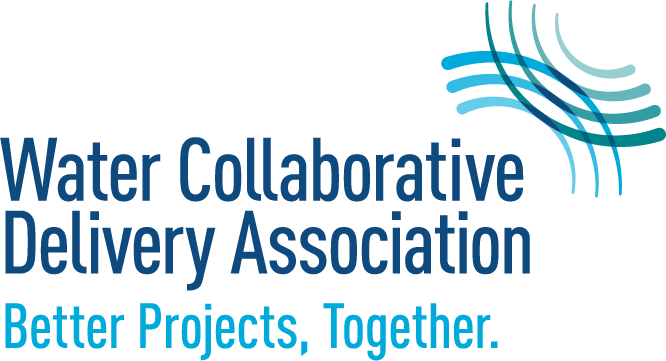Blog
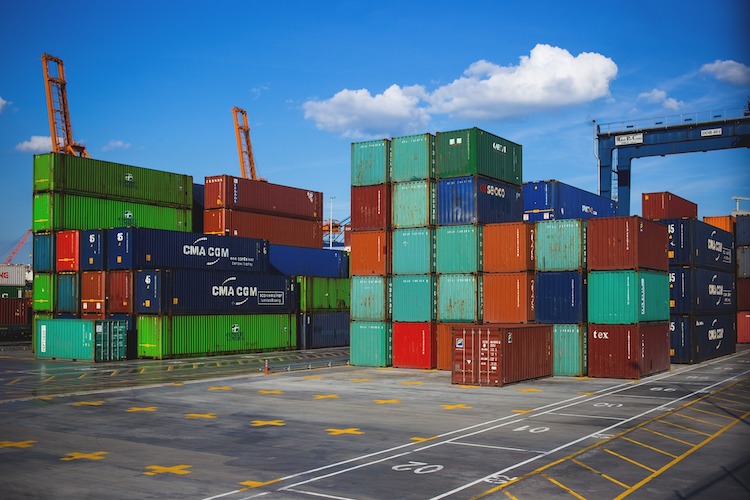
Strategies for Material Delivery and Price Escalation Risks on Collaborative Delivery Projects
The pandemic has impacted not only our day-to-day lives but it is forcing us to reexamine long-accepted approaches to how collaborative delivery firms specify and procure materials and equipment for our projects. A global scarcity of shipping containers, skyrocketing shipping rates, clogged ports, and shortages of manufacturing components are driving firms to evolve their procurement approach to avoid long lead times and escalation charges.
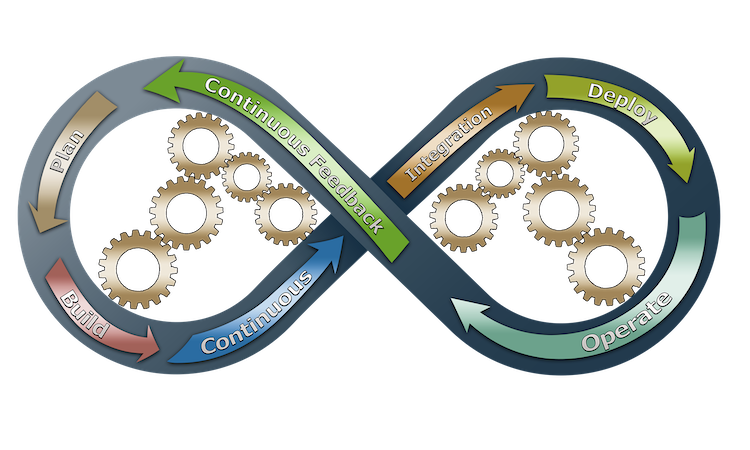
Principles of O&M Engagement for Design-Build Projects
As design-build (DB) becomes more common for the development and construction of long-term infrastructure, the engagement of the owner’s operations and maintenance (O&M) team becomes significantly more important to project success. For some projects, the traditional design-bid-build process may not have taken advantage of the institutional knowledge available from the owner’s O&M teams as facilities and systems were designed, constructed, and commissioned.
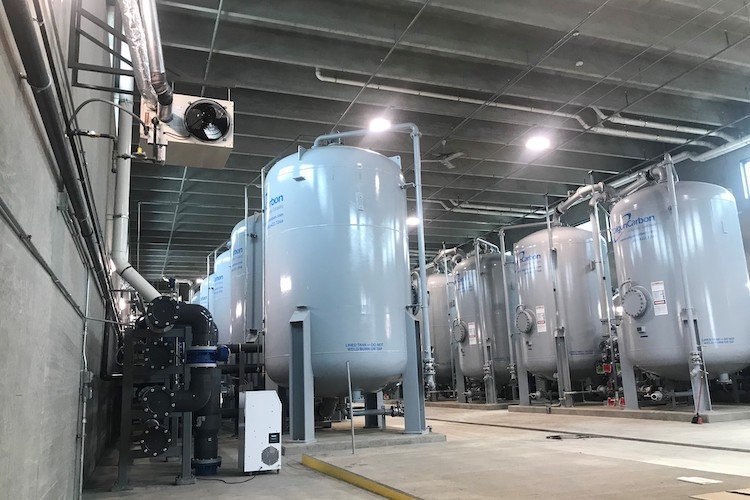
Is CMAR the Best Delivery Solution for your PFAS Problem?
Perfluroalkyl and polyfluoroalkyl substances (commonly referred to as PFAS) are impacting drinking water supplies nationwide. These emerging contaminants are challenging municipalities, water districts, and all water providers. Unlike system capacity increases and aging facilities incorporated into long-term planning, PFAS levels spike, forcing owners to take immediate actions to maintain water quality and the need for regulations surrounding them to change quickly. Do you need a PFAS solution?
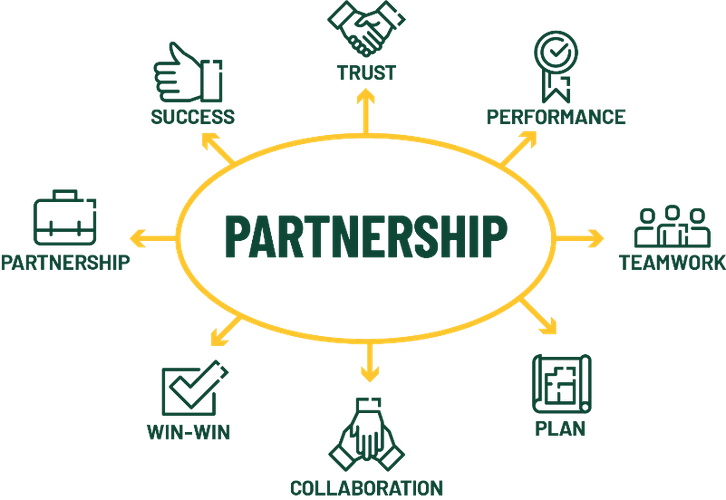
Developing the Right Team for Success on Your Next Design-Build Project
Pursuing, winning, and successfully executing design-build projects requires having the right team in place for the project. The “right” team has the experience and diversity to foster creativity and increase the quality of solutions for the owner while identifying and addressing the unique challenges associated with the project.
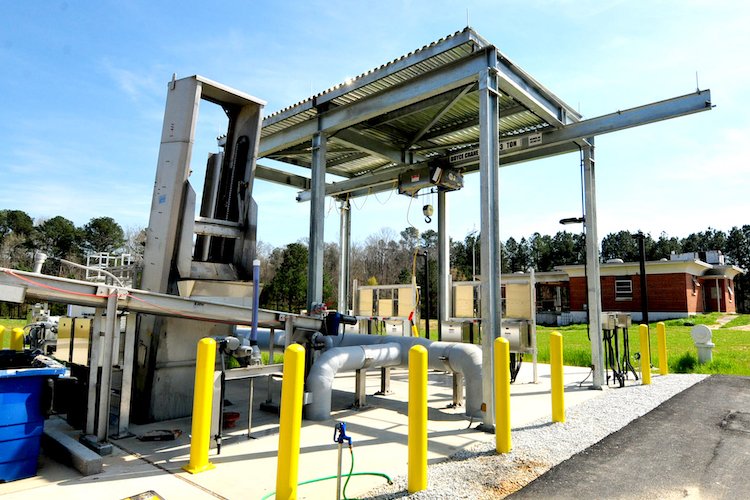
Why You Should Consider Progressive Design-Build for Your Next Water/Wastewater Project
Do you have an upcoming project where cost and schedule certainty are critical? Are project costs increasing on your design-bid-build projects? Do you have the funding to build projects, but not enough in-house project management staff? Do you want to take your projects to the next level with total collaboration? If you answered “yes” to any of these questions, progressive design-build might be the ideal collaborative-delivery method for your next water/wastewater project.

Addressing the Wish List
What happens when your project has a fixed budget and an open-ended project scope? Or what if there is a desire to deal with not only a specific need, but also address a “wish list” of additional improvements?

Clarify to Specify
Words are important — an obvious truism and pertinent to a collaborative project delivery effort. The action item is to ‘mobilize the language’ for maximum effect in our contract documents for water/wastewater projects. First, a quick anecdote: A lawyer friend (not mutually exclusive) shared a simple and keen observation when I first worked with him on a contract review. He asked, “Know the difference between an engineer and a lawyer?” After searching my library of lawyer jokes, I had to admit ignorance of the difference. He said, “Lawyers know they’re not engineers.”
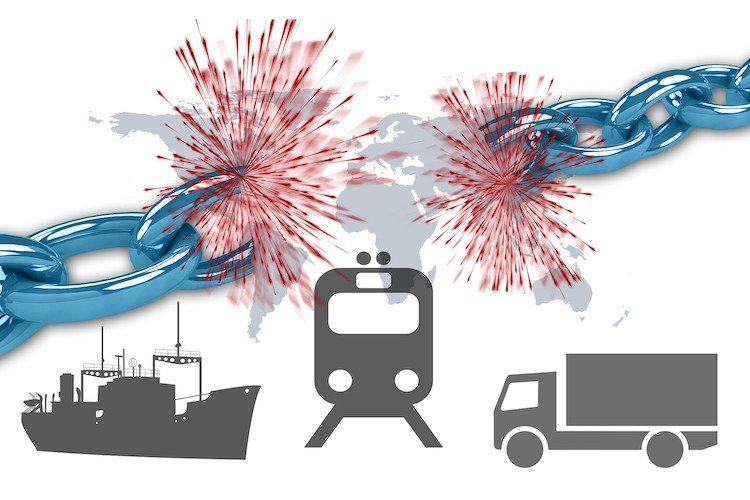
Mitigating Market Volatility During Construction Through Collaborative Delivery Methods
Across the board, supply chain issues and rising costs are impacting engineering and construction projects. The costs of construction materials have elevated over the past year due to growing demand and major disruptions to production fueled by the pandemic. These disruptions are responsible for construction material shortages much like the auto industry is facing with microchip shortages.
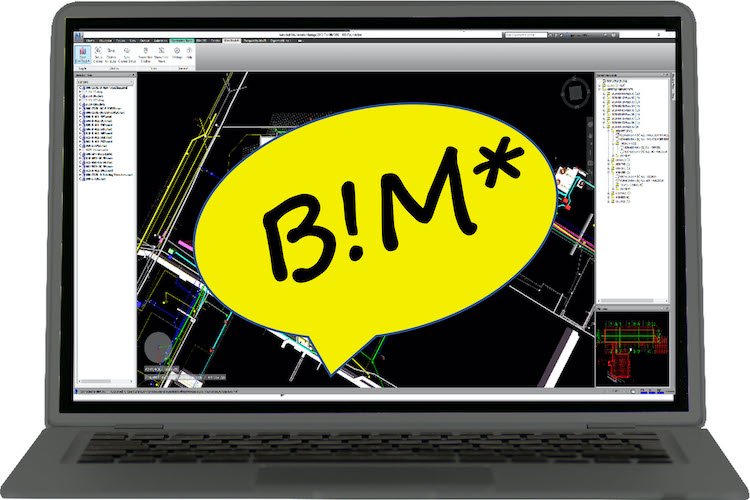
“BIM” is Not a Four-Letter Word
The term BIM (Building Information Modeling) has the power to make a seasoned construction veteran cringe. I get it. BIM may sound scary to those who have not used its full advantages. A foreman once told me, “I’m not going to let a Nintendo tell me how to do my job!” Fair enough, but when applied appropriately, BIM can benefit building projects in a variety of ways by aiding design planning, coordination, construction, operations, and facilities management.
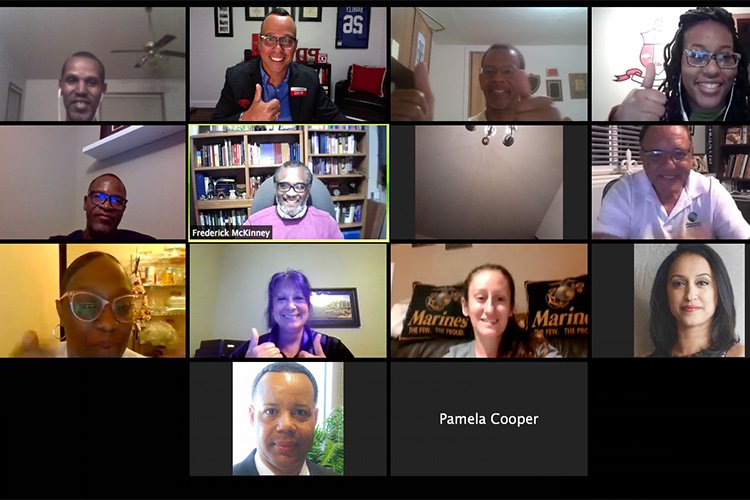
Community Investment that Goes Beyond Water Quality
A vibrant, diverse business community contributes to a region’s innovation and economic performance. Infrastructure projects offer opportunities for diverse businesses to endure long after the completion of a project. Actively seeking out and partnering with qualified small, minority- and women-owned businesses helps fuel sustainable economic growth, resulting in successful project delivery and stronger, more prosperous communities.
